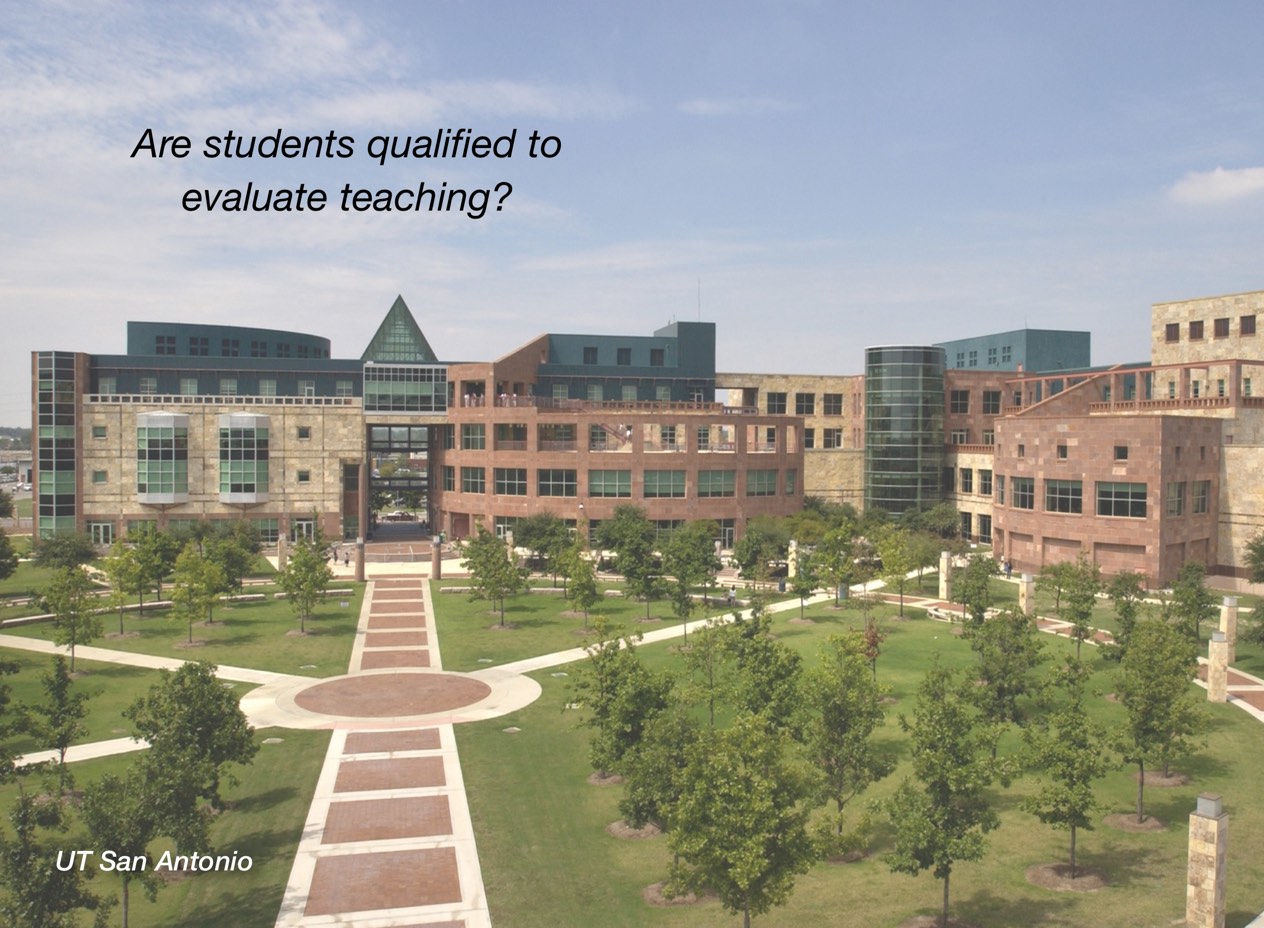37 Creating a Safe Zone in the University Classroom


Mary Lynn Crow
How did you feel when you first entered a college classroom to face an all-knowing professor and lots of new students, all of whom might know more than you about this course? Memories may dim, but each of us can probably remember what our first university course or first class meetings in general felt like. Maybe we had lots of different feelings, but safe was probably not among them. It’s hard to determine the single most important variable a student needs for learning to be successful, but a good candidate would be safety, because for one to become vulnerable enough to grow and learn, one must first feel safe. Let’s not, however, confuse safety with a lack of excitement or intellectual stimulation. Safety does not imply boredom or passivity. There clearly must be a balance in the classroom between psychological security and creative tension.
Students who fear what the professor or the other students will think of them, or who fear the consequences of asking a dumb question or giving a wrong answer, are more motivated to defend and protect themselves than to be open to learning something new. Simply put, people don’t usually learn when they’re afraid, and any learning that might occur is typically not academic. If learning can be defined as the ability to grow, change, and make new adaptations and accommodations, then students who are stressed or anxious or actually afraid will find it difficult to learn. Abraham Maslow’s well-studied hierarchy of needs indicates that if the lower-level safety needs are not met, then one is unable to proceed further up the ladder to where learning or actualizing would occur.
There are a number of things a professor can do to create this safe zone and, of course, an equal number of things it is better not to do. Keep in mind how different our Texas classrooms can be. One can find a wide variety of cultures and races, ages, personalities, first languages, socioeconomic and experiential backgrounds, abilities and disabilities, values and work ethics, and short- and long-term goals. Creating a safe zone that will incorporate all these differences while still teaching content and maintaining high academic standards is not easy. It is, however, well worth the considerable effort involved.
What usually feels safe to most students is for the professor:
- to be respectful of what she may consider to be dumb questions,
- to be available outside of scheduled class meeting times,
- to remember that sometimes students can explain something to the class even better than she can,
- to allow students to interrupt her when she has used a term they are not familiar with or that she has pronounced differently from them,
- to provide opportunities for students to interact with other students,
- to allow students to offer explanations in their own words or to give examples,
- to call students by their names,
- to adapt her rate or speed of speaking to a learning situation (as opposed to a social situation),
- to give supportive reinforcement when appropriate, and
- to be approachable.
What usually does not feel safe to students is when the professor:
- uses threats or scare tactics to motivate,
- compares students or classes to one another,
- is sarcastic,
- embarrasses them,
- doesn’t return assignments promptly,
- changes the syllabus without notification,
- doesn’t return emails or show up for office hours, and
- is more focused on what she’s doing or saying in the classroom than in what her students are learning.
Creating a psychologically safe zone in the university classroom is worth whatever it takes to your students.


Chapter 37 Commentary: Mary McNaughton-Cassill
“In recent years the phrases “safe zones” and “trigger warnings” regarding sensitive topics have become punitive terms used to imply that today’s college students are too sensitive. However, learning has always been risky. Admitting that you don’t know something makes you vulnerable, practicing something you are not good at can be embarrassing, and struggling to understand something can make you feel inadequate. Exposure to foreign concepts, diverse belief systems, and people who disagree with you can also feel uncomfortable and disorienting.
This is why Mary Lynn Crow’s suggestions for helping students feel safe while learning are so important. Creating a shared culture of respect, giving students a voice, and owning your own struggles with learning can help students to realize that learning is a process, not a goal. In other contexts we have accepted the idea that practice and mistakes are part of the learning process. However, we haven’t always applied this knowledge to matters of the mind.
Despite research to the contrary, many students falsely believe that academic performance is a reflection of innate intelligence, rather than a learned skill. As teachers we are in a position to help them realize that challenges and mistakes can lead to growth, but only if we create a safe and supportive place for them to practice.”

